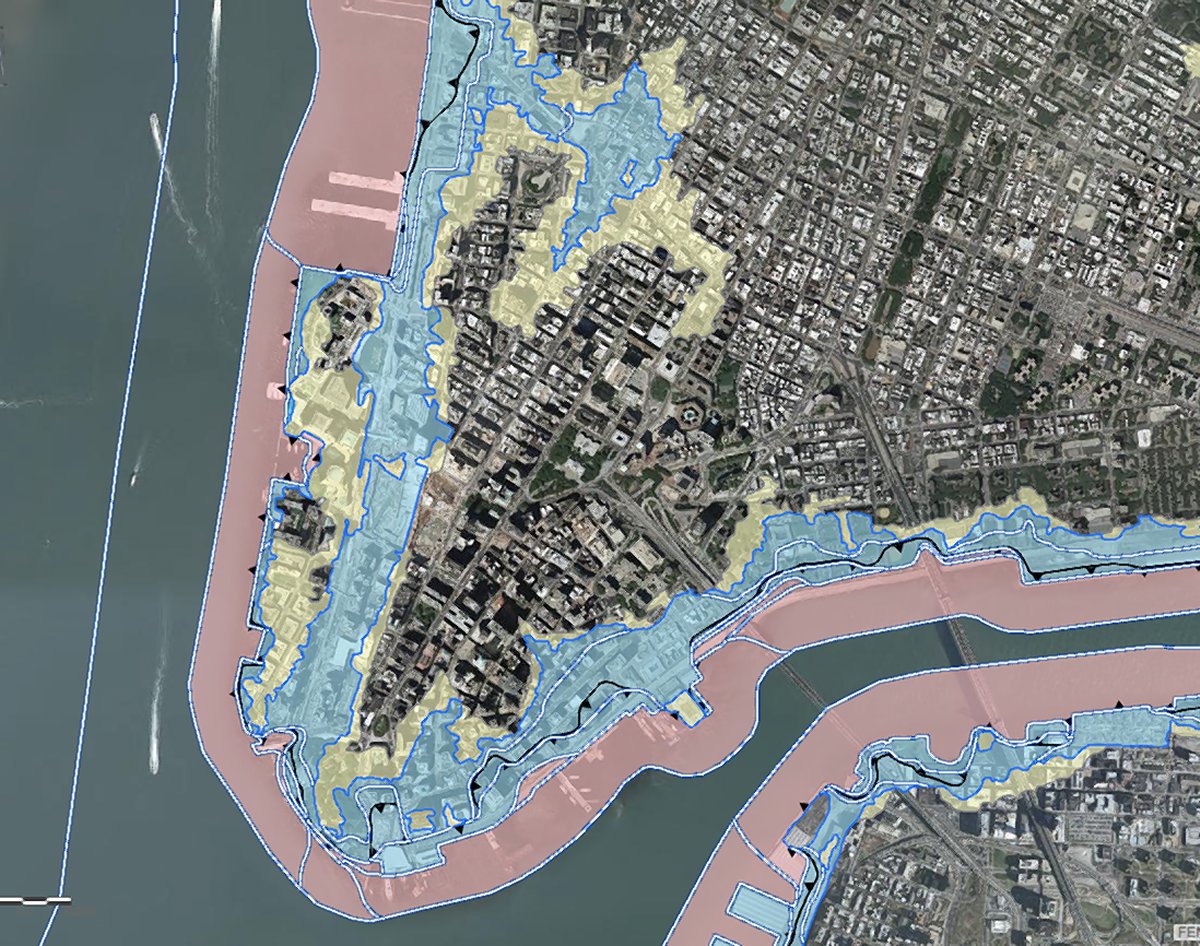
High Risk Areas (Special Flood Hazard Area) Includes areas of moderate flood hazard, such as base floodplains and shallow flooding areas, and minimal flood hazard, which may still have ponding and local drainage problems. Zone X - Floodplain area with a 0.2% (or 1 in 500 chance) or less annual chance of flooding.To view the effective flood zone for a property or area, visit Hillsborough County’s Effective Flood Zone Viewer. Talk to your insurance provider about your policy and consider if you need additional coverage. Most homeowners insurances do not cover flood damage. Evacuation zones are based on hurricane storm surge zones determined by the National Hurricane Center using ground elevation and the area's vulnerability to storm surge from a hurricane.įlood maps, also known as Flood Insurance Rate Maps, provided by the Federal Emergency Management Agency (FEMA) are a useful tool for assessing a property’s flood risk, and also are a factor in flood insurance and building requirements. NOAA Sea Level Rise: data from the National Oceanic and Atmospheric Administration Office for Coastal Management depicting potential sea level rise (SLR) and its associated impacts on the nation's coastal areas.During a storm, you need to know your Evacuation Zoneįlood zones are areas mapped by FEMA for use in the National Flood Insurance Program.It represents all of the public and many of the private roadways in Massachusetts. MassDOT Roads: official state-maintained street transportation dataset developed by the Massachusetts Department of Transportation.The data also provides critical information to citizens who live or work in areas that may need to be evacuated as a hurricane approaches. It provides critical information to aid local public officials in evaluating evacuation decisions as a hurricane approaches. Hurricane Evacuation Zones: data layer depicts areas that may be inundated by storm surge or isolated by storm surge waters.Hurricane Inundation Zones: data representing worst-case Hurricane Surge Inundation areas for Category 1 through 4 hurricanes striking the coast of Massachusetts.FEMA Q3 Flood Zones: data layer showing areas for which the newer National Flood Hazard Layer are not available.This dataset represents the areas inundated in a 100-year and 500-year flood.


FEMA’s National Flood Hazard Layer: a compilation of effective Flood Insurance Rate Map (FIRM) databases and any Letters of Map Revision (LOMR) that have been issued.Tidal flooding can also result in the salinization of land leading to loss of shaded areas and green space. Rising sea levels may erode shorelines, threaten coastal drinking water supplies with salt-water intrusion, disrupt septic systems and sewage treatment, and displace residents. Furthermore, flooding can temporarily or permanently displace residents. Flooding can result in exposure to contaminated flood water, debris and physical hazards such as downed wires, loss of electricity and/or heat, unsafe food and drinking water, and mold growth. Projected increases in precipitation levels may exceed the capacity of existing infrastructure, such as drainage systems, bridges, culverts, and sewers, to divert water. Rising sea levels which can cause increased tidal flooding and higher storm surges.Increasing storm-related inland and coastal flooding.Increasing precipitation leading to flooding.Some of the most serious climate-related health hazards in Massachusetts are:


 0 kommentar(er)
0 kommentar(er)
